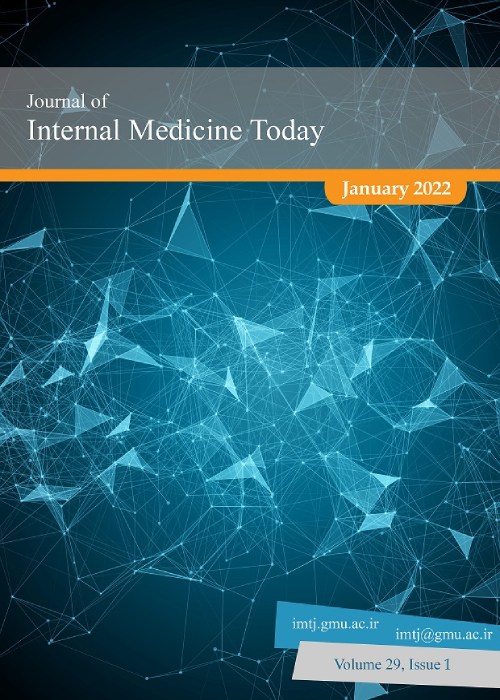Comparing the Effect of Virtual Reality and Rhythmic Breathing on the Anxiety of the Patients Undergoing Coronary Angiography
Coronary angiography is a stressful procedure for patients, and about 80% of the patients have expressed their anxiety before angiography. The current study aimed to compare the effects of virtual reality and rhythmic breathing on the anxiety of patients undergoing coronary angiography at the hospital of Ali-Ibne Abitaleb in Zahedan City, Iran, in 2019.
Methods & Materials:
This clinical trial study was performed on 90 patients hospitalized in the Cardiac Care Unit of Ali-Ebne Abitaleb Hospital in Zahedan in 2019. The study subjects were selected by convenience sampling method and randomly assigned into three groups: virtual reality, rhythmic breathing, and control. Anxiety was measured before, half an hour, and one hour after the intervention by Spielberger questionnaire. The obtained data were analyzed in SPSS v. 16. Data analysis was performed by repeated measures ANOVA and the Chi-square tests at a significant level of 0.05.
The Mean±SD scores of the anxiety of the research samples before the intervention in the virtual reality, rhythmic breathing, and control group were 57.56±7.82, 57.10±6.49, and 56.33±6.74, respectively. The Mean±SD scores of the anxiety of the research samples 1 hour after the intervention in the virtual reality, rhythmic breathing, and control group were 42.30±7.46, 47.46±6.14, and 55.93±6.47, respectively. The repeated measures ANOVA showed a significant difference between the anxiety in the three groups during the intervention (P˂0.001). This difference was between the control group with the virtual reality group (P˂0.001) and the rhythmic breathing group (P=0.004). Thus, reducing the research samples’ anxiety during the intervention was significantly more in the virtual reality and rhythmic breathing group than the control group.
The results showed that virtual reality and rhythmic breathing lead to reduced anxiety in patients undergoing angiography. The application of these methods is suggested as they are non-invasive, inexpensive, without complications, and easy to implement.
- حق عضویت دریافتی صرف حمایت از نشریات عضو و نگهداری، تکمیل و توسعه مگیران میشود.
- پرداخت حق اشتراک و دانلود مقالات اجازه بازنشر آن در سایر رسانههای چاپی و دیجیتال را به کاربر نمیدهد.


